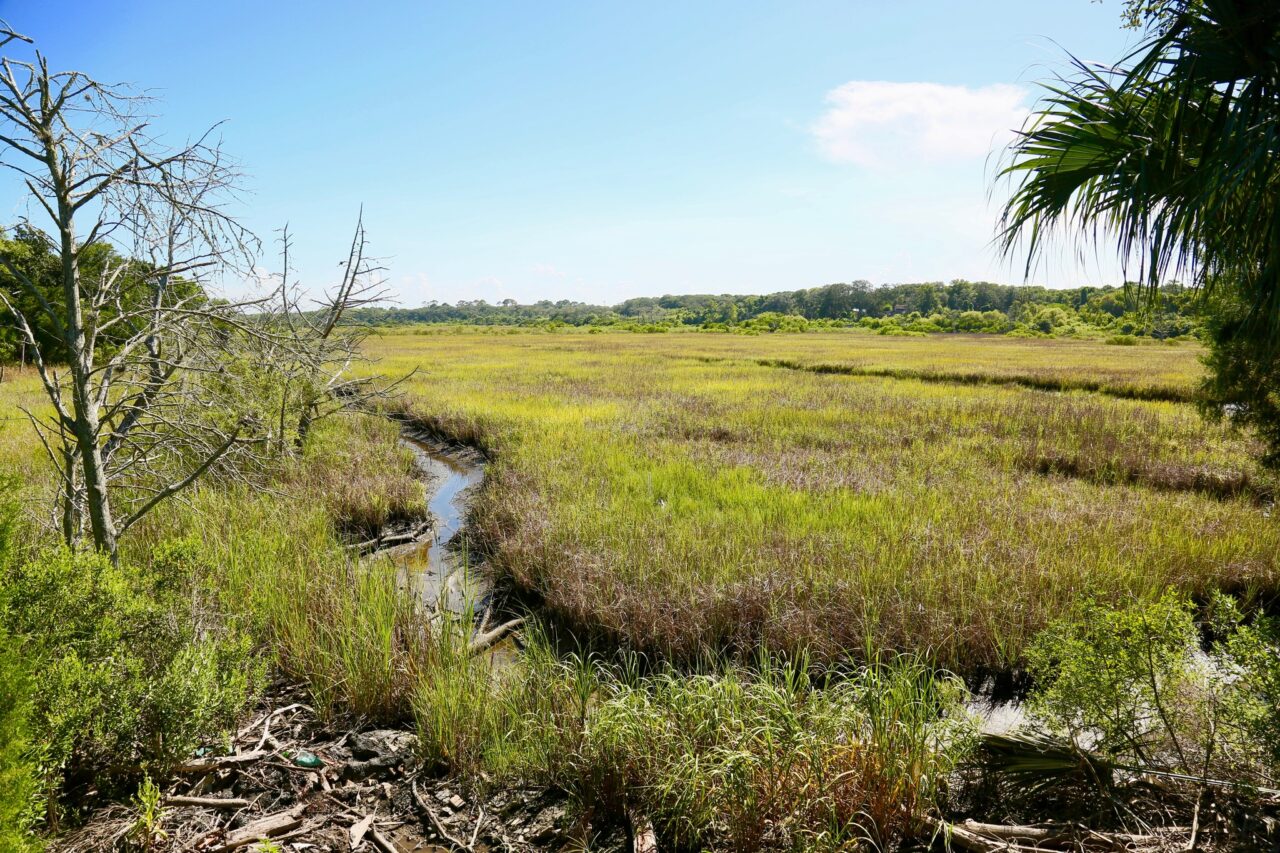
A Supreme Court ruling that on its face just allows an Idaho couple to build a home near a lake goes in fact much further than that, eliminating Clean Water Act (CWA) coverage to 51% of previously protected U.S. wetlands.
“Wetlands that are separate from traditional navigable waters cannot be considered part of those waters, even if they are located nearby,” Justice Samuel Alito wrote in the majority opinion.
“In addition, it would be odd indeed if Congress had tucked an important expansion to the reach of the CWA into convoluted language in a relatively obscure provision concerning state permitting programs.”
In this case, a road bisects the wetlands in question, and the house was going in on the part of the wetlands cut off from the rest. The Court ruled that the Clean Water Act’s jurisdiction ended at the road. The water has to be visible and contiguous to be covered by the law.
Also, and key for our friends to the west, the wetland has to be so wet that it’s “difficult to determine where the ‘water’ ends and the ‘wetland’ begins.”
As E&E News’ Ariel Wittenberg notes, it’s a quote from former Justice Antonin Scalia in the Rapanos decision. The Environmental Protection Agency (EPA) under former President Donald Trump attempted to craft a rule that followed Scalia’s opinion, even though it wasn’t the controlling opinion in Rapanos.
The EPA told reporters at the time they didn’t have numbers on how it would affect the CWA’s jurisdiction, but a slideshow created by the Army Corps of Engineers came to light showing exactly how many wetlands would lose coverage under the law.
“The proposed option of defining ‘continuous surface connection’ as directly touching a waters of the U.S. may result in ~51% of (National Wetlands Inventory)-mapped potential wetland acreage not being considered adjacent,” according to the Corps in the presentation.
The wetness factor essentially takes away Clean Water Act protections for ephemeral and intermittent streams. Ephemeral streams only flow when it rains. Intermittent streams are, as the term says, areas where sometimes there’s water and sometimes there’s not, but rain isn’t always necessary to generate flow.
Around 18% of all streams in the United States are ephemeral and another 52% are intermittent, according to the Corps. In the region considered the Arid West, 35% of the streams are ephemeral and 47% are intermittent, as per the Corps slideshow. The Arid West, in this case, covers Arizona, California, Colorado, Idaho, Nevada, New Mexico, Oregon, Texas, Utah, Washington and Wyoming.
“Potential policy options defining ‘relatively permanent flow’ excluding intermittent streams could result in a large reduction in jurisdiction and would impact every state,” according to the Corps slideshow.
Justice Elena Kagan wrote in her dissent that it’s been clear Congress intended a broader interpretation of the rule than the majority of justices believe, and the Court’s ruled as such for decades, until now.
“Vital to the Clean Water Act’s project is the protection of wetlands — both those contiguous to covered waters and others nearby,” Kagan wrote.
“As this Court — again, formerly — recognized, wetlands ‘serve to filter and purify water draining into adjacent bodies of water, and to slow the flow of surface runoff into lakes, rivers, and streams.’ … Wetlands thus ‘function as integral parts of the aquatic environment’ — protecting neighboring water if themselves healthy, imperiling neighboring water if instead degraded.”
Both she and Justice Brett Kavanaugh noted that manmade or natural breaks in the contiguous surface water like berms, dikes, dunes or levees are part of this system, as in flood management.
“Those barriers, as he says, ‘do not block all water flow,’ and in fact are usually evidence of a significant connection between the wetland and the water,” Kagan wrote. “Small wonder, then, that the Act — as written, rather than as read today — covers wetlands with that kind of connection.”




2 comments
Bruce, Richard
May 25, 2023 at 7:32 pm
The Clean Water Act was overly broad impacting everything that had the weakest connection to anything that has or had or may have in the future with water. The Law did far more damage than good.
Brian Wheeler
May 27, 2023 at 10:11 pm
The administration of the CWA may have been an overreach at times but essentially eliminating the majority of wetlands from jurisdiction will result in negative impacts to many surface waters. This will be particularly true for Florida.
Comments are closed.